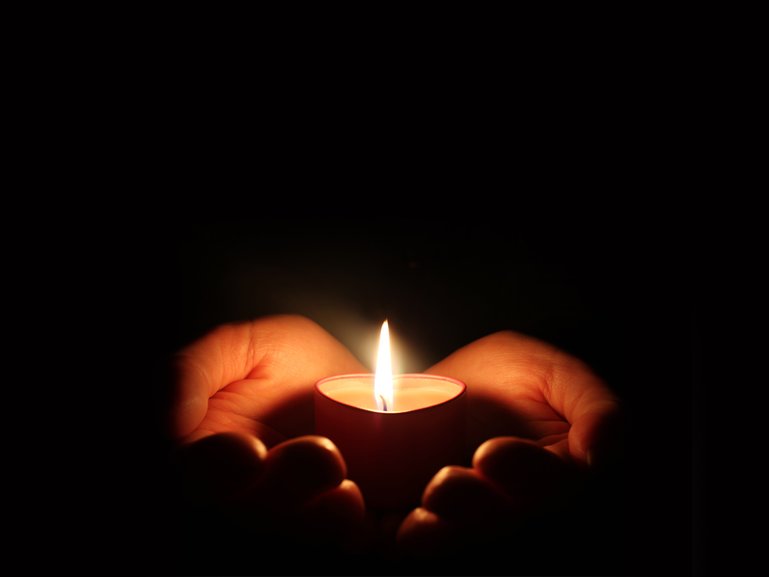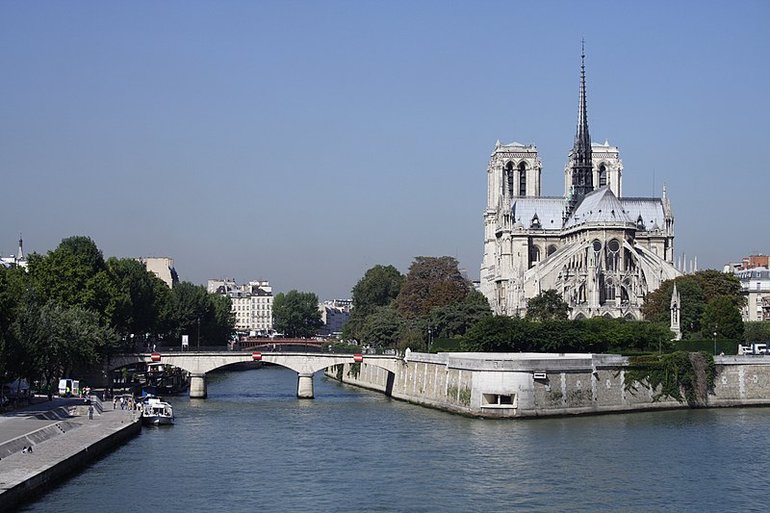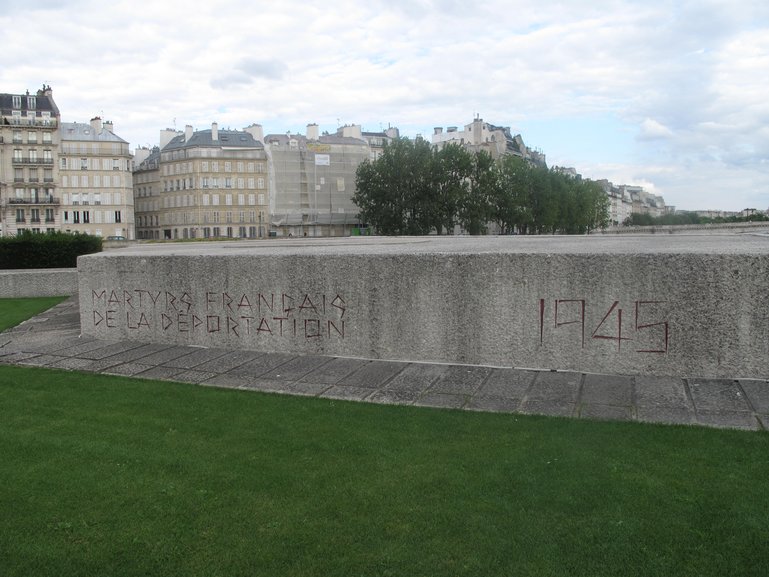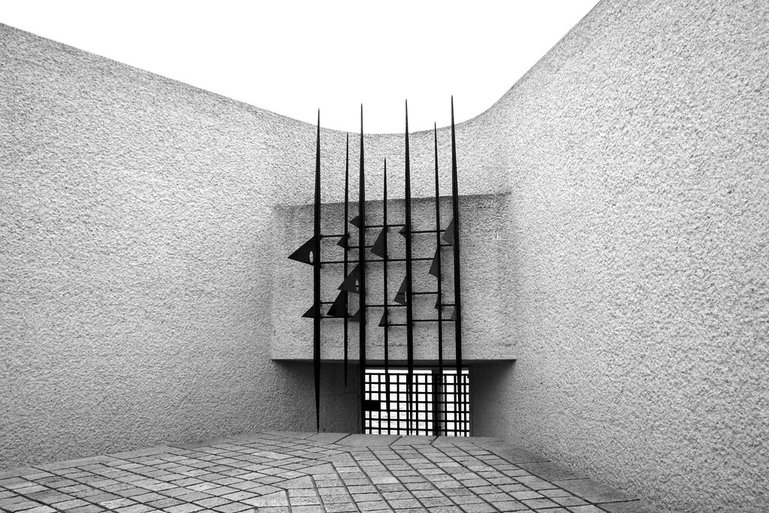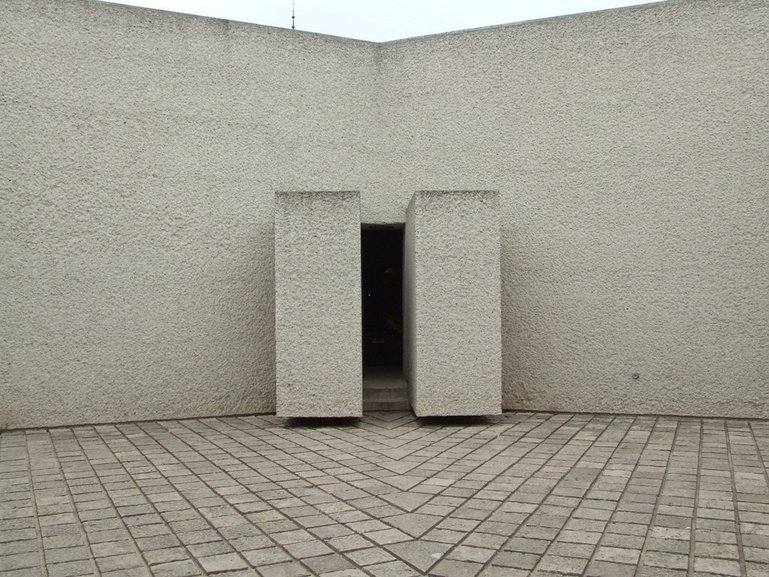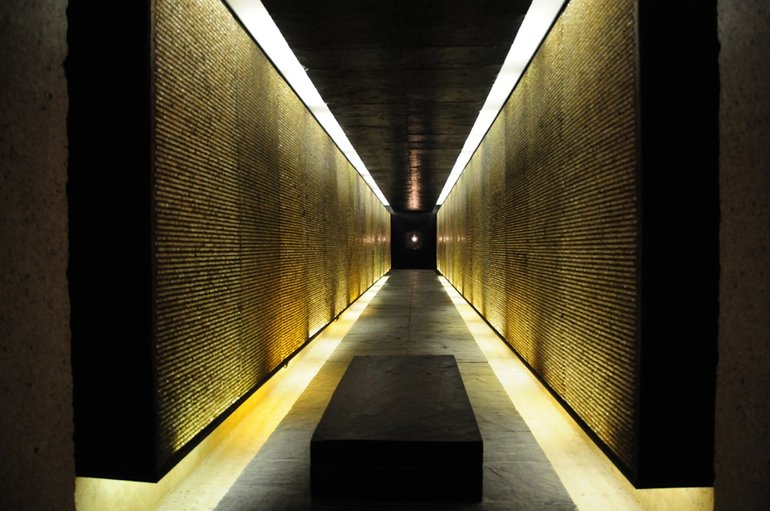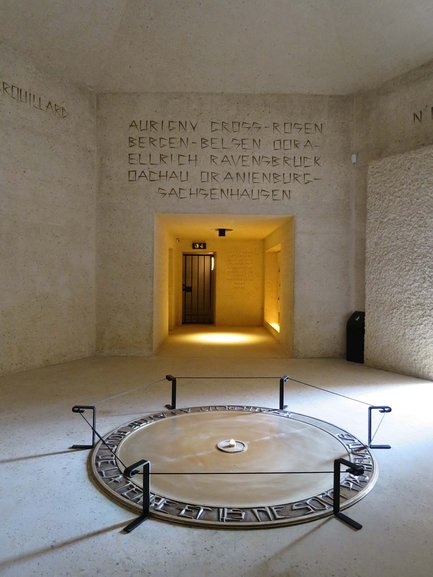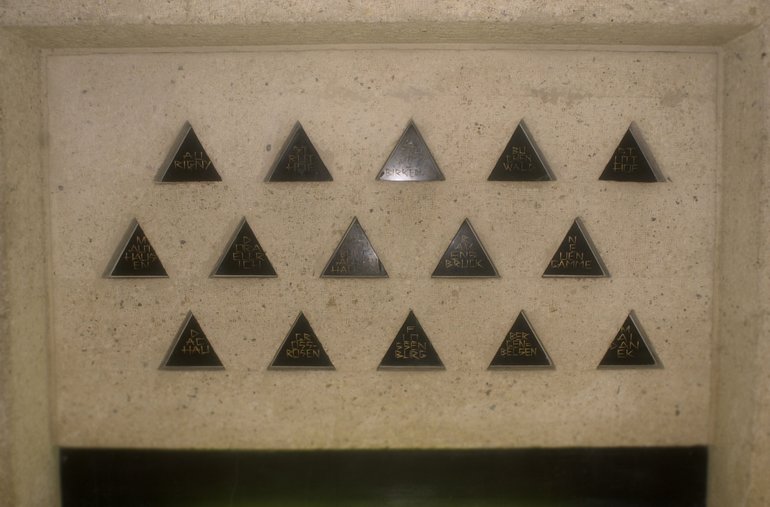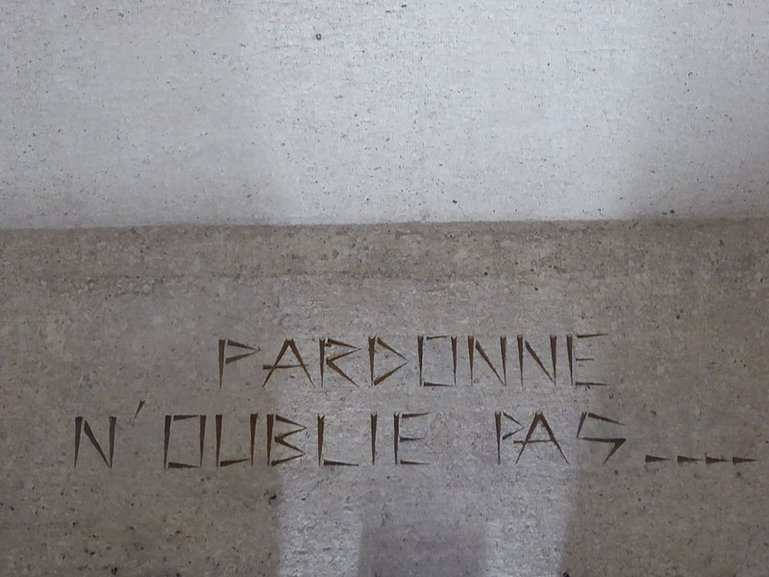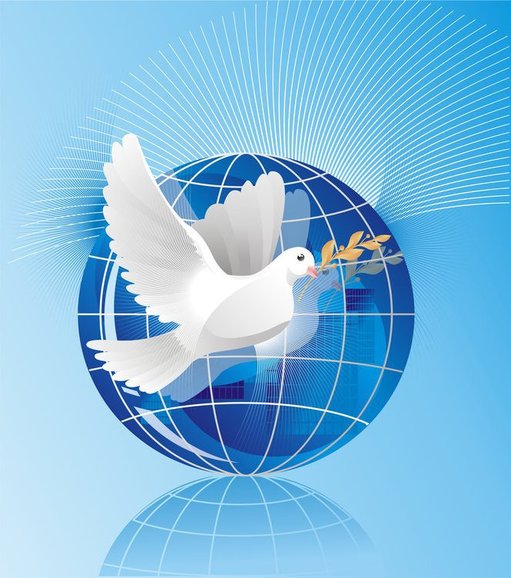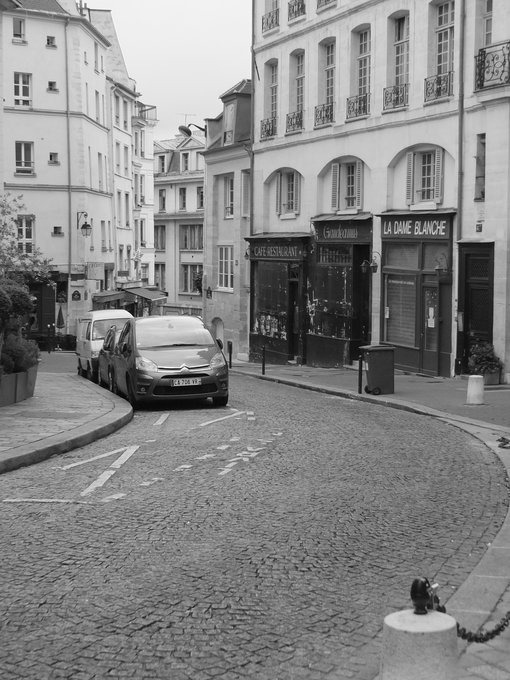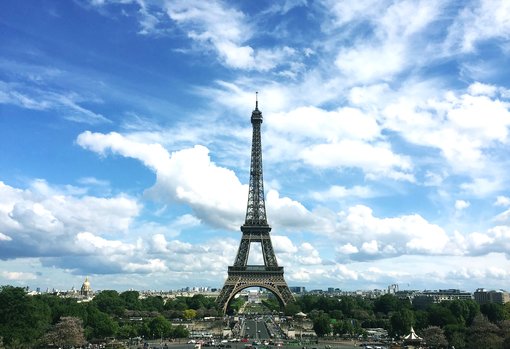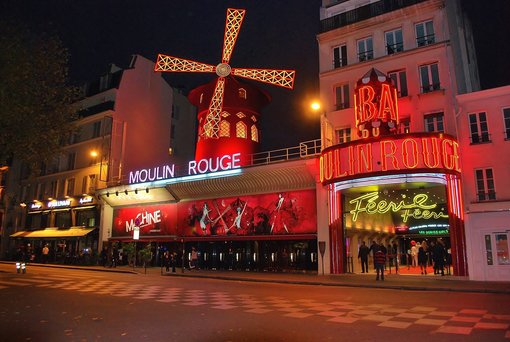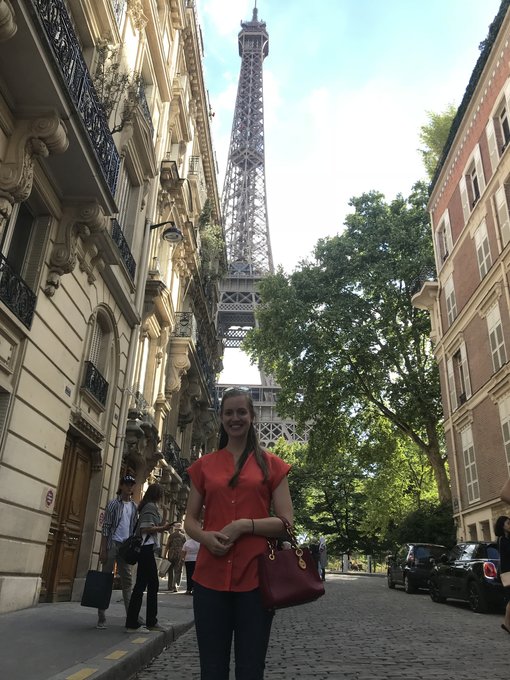Ile de la Cité, a gorgeous and historical island, sits in the middle of Siena in the oldest district of Paris. It's home to the iconic and spectacular Notre Dame de Paris Cathedral. You also can see the old bridge, the Pont Neuf, and the city's narrowest road bridge there, Point de l'Archevêché.
On the eastern end of the island, you can find the Memorial to the Martyrs of the Deportation (The Mémorial des Martyrs de la Déportation,), dedicated to the 200,000 people who suffered deportation to Nazi concentration camps during World War II.
When I visit places associated with World War II, it feels as if I am struggling to breathe. It's all there... In every piece of land... Pain, tragic loss, tears, despair, moaning, curses, cries for help...
Unfortunately, thousands of tourists visit Ile de la Cité, enjoying the remarkable beauty of the island and snapping pictures in front of the cathedral, but this area stays unnoticed, so I hope you will include it in your vacation plans after reading the post.
Today, I would like to share with you the Memorial to the Martyrs of the Deportation.
I sincerely believe that visiting places like this helps us appreciate peace, as well as remember history.
World War II (1939 - 1945) was the bloodiest and most violent military conflict in history, involving more than 50 nations.
As a result of genocide, mass bombings, illness, and starvation, the brutal war killed 60 million people, including civilians.
On the wall of the Memorial is a fragment of the poem "The Heart That Hated," written by French poet and journalist Robert Desnos, who was among of the deportees.
Memorial to the Martyrs of the Deportation
7 Quai de l'Archevêché , Ile de la Cité
Opening times:
Open every day except Monday
1 October to 31 March: 10 am to 5 pm
1 April to 30 September: 10 am to 7 pm
Admission: Free
Duration of visit: 30-45 minutes (full tour)
The Memorial was designed by French city planner, writer, and architect Georges-Henri Pingusson.
On April 12, 1962, President of France Charles de Gaulle opened the Mémorial des Martyrs de la Déportation in honor of 200,000 innocent people who had been deported from France.
The memorial is shaped like the prow of a ship, and there are two staircases leading to the crypt, which is also guarded by an iron gate.
The crypt leads to a rotunda with two chapels and a circular plaque on the floor stating, "They descended into the mouth of the earth and did not return."
The entry to the memorial is narrow, giving the sensation that you are being imprisoned. Galleries with 200,000 glass crystals on both walls symbolize each of the deportees who perished in the death camps. At the end of the tunnel is a single radiant light. Light of hope.
There is also a tomb of an unidentified deportee who died at the Neustadt camp, as well as 15 triangular urns marked with concentration camp names that contain earth and ashes that were taken from Nazi camps and crematoria.
The inscription on the Tomb of the Unknown Deportee reads: “Dedicated to the living memory of the 200,000 French deportees sleeping in the night and the fog, exterminated in the Nazi concentration camps.”
The memorial honored the memories of Jews, opposing political leaders, activists, resistance fighters, women, children, homosexuals, gypsies, and others forcibly deported from France to Nazi death camps between 1940 and 1944: 76,000 were Jews, 11,000 children, and over 85,000 others.
The most tragic dates were July 16-17, 1942. 13,152 Jews, including women and children, were arrested in a single well-coordinated operation in Paris and the surrounding area. Most of those were murdered in Auschwitz and Birkenau. Some people died in prisons and thousands were executed in France.
Only 2,500 of these deportees survived.
At the exit, an inscription to the remembrance of all Nazi victims reads:
"Forgive but never forget."
My Dear Friends and Young Generation!
The worst thing that can happen is war. It always brings a lot of suffering, tears, pain and the loss of many lives.
We must visit places like this to ensure history is never forgotten and that others do not rewrite it.
Our forefathers' mistakes should serve as valuable lessons for all of us and teach us to be more sympathetic, and kind, respect each other, and appreciate peace.
We can't change the past. All we can do is accept it. Learn the history, educate yourself and never repeat these terrible mistakes. Remember, that a bad peace is still better than a good war.
I wish every country and each of you health, peace, and happiness. May the younger generation never experience the horrors of war and live in a happy future.
Take care of Peace! It is very fragile!
